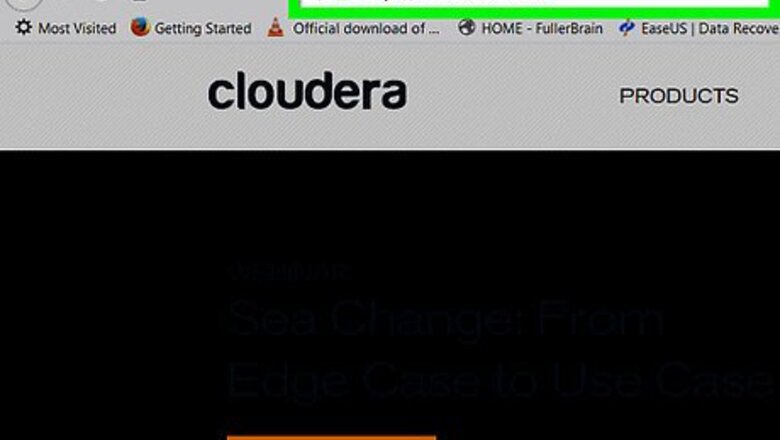
views
Taking Courses and Using Tutorials
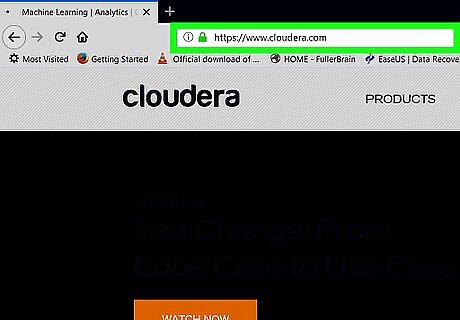
Sign up for Cloudera for a 6-part course and interactive tutorials. Cloudera gives you real-world examples to practice on in a read-only environment, so you don’t have to worry about making huge mistakes. They also offer analytic tools to help you experiment querying data, as well as a free live demo called Cloudera Live to help you learn the Hadoop environment. Although the complete, in-depth course with certification will cost you $295, it will definitely be worth it if you’re using these skills for your job. Using the Cloudera course will help you catch mistakes and save time, which will make it quickly pay for itself!

Try free online courses through Cloudera if you already know the basics. If you have experience with Hadoop and just want a refresher, you may not need to shell out the money for the 6-part course. Instead, check out the free online courses on the Cloudera University website. There are resources for administrators, developers, and data analysts, so not matter what your role is, you should be able to find an appropriate course.
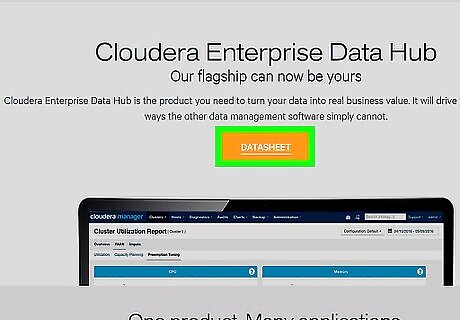
Take a university-level course on Coursera if you want more theory. Coursera is a well-known, respected source of programming courses. Although the instructions are generally more theoretical and don’t include as many running examples, you can practice alongside the tutorial and use the course projects to gain practical experience. You can find this course online at https://www.coursera.org/specializations/big-data. The cost varies between courses, but Coursera also offers a financial aid option to those who qualify.

Follow a free course on Big Data University for a cost-friendly option. If you don’t want to pay for an online course, Big Data University is a great option. They have a 2-part course, which focuses first on Hadoop basics, then on programming with Hadoop, and the online format makes it easy to go at your own pace. You can find these courses on https://cognitiveclass.ai. They offer many tutorials in English, as well as Japanese, Spanish, Portuguese, and Russian.
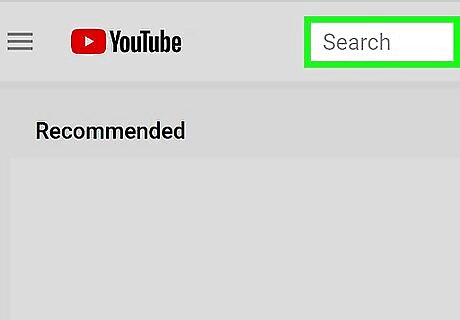
Search for walkthroughs on YouTube if you need free, specific training. There are thousands of videos made to explain Hadoop and how to utilize it. The wide range of videos gives you flexibility, plus it’s free. If you run into a specific problem, search on YouTube for a video that walks you through the process. Hadoop tutorials should also be fairly easy to find, since “hadoop” is a unique search term.
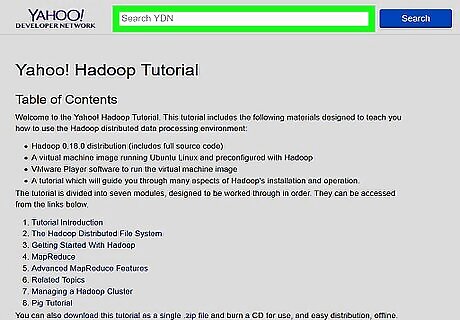
Use Yahoo’s free tutorials if you want to practice with a virtual example. These tutorials are broken up into 7 modules, and they instruct you on installing and operating Hadoop from the very beginning. This is a great option for brushing up on specific skills if they’re a little rusty.

Refer to the IBM Open Source document for free, in-depth instructions. This is an incredibly thorough, open-source PDF document created by an IBM training initiative. It walks you through Hadoop carefully, step by step, and gives clear written instructions. These instructions also work well when paired with a live demo like Cloudera.
Transitioning to Real-World Application
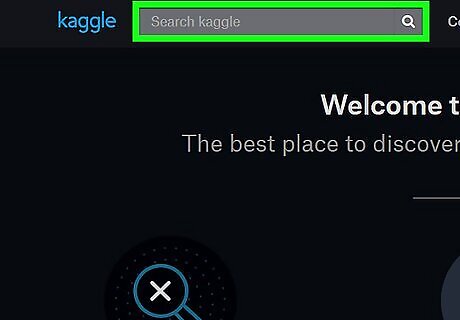
Ask if you can implement Hadoop at work to practice with real data. Put in a request with your boss or supervisor, or talk to them one-on-one about bringing these new skills into the workplace. This is especially important if your company paid for any training or online courses. The sooner you start implementing the skills you’ve learned, the sooner you’ll be able to master them!
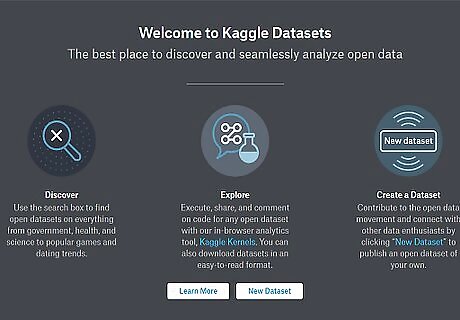
Look for simple projects to practice your skills on. Choose projects that are relatively simple and low-risk, such as counting and ranking the number of interactions per customer agent, like emails and chat sessions. Some other real data applications include scanning through weblogs for errors or monitoring social media channels for brand sentiment. You can also practice with sample data from sites like https://www.kaggle.com/datasets or https://aws.amazon.com/datasets/.
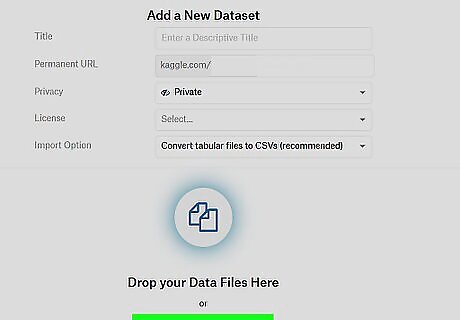
Regularly check your code with small subsets to work out any bugs. Before running the entire set of data, take a smaller test dataset onto your local machine and run it through several different modes. For example, you could run it iteratively through Local Jobrunner Mode, then Pseudo-Distributed Mode, and then Fully-Distributed Mode. This will let you recognize any flaws or bugs before they become amplified in the full dataset. Local Jobrunner Mode lets you locally test and debug your Map and Reduce code, Pseudo-Distributed Mode mimics the production environment, and Fully-Distributed mode looks at your real production cluster.

Use a 1-year free trial to practice on a virtual machine environment. Companies such as Amazon and Microsoft offer paid subscriptions for their Hadoop practice services. Amazon’s virtual machine is called Amazon Web Service (AWS) and Microsoft’s service is called Microsoft Azure. For both services, your first year is free when you enter your credit card information. Don’t forget to cancel the subscription after 1 year to avoid being charged.

















Comments
0 comment